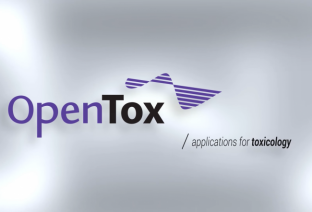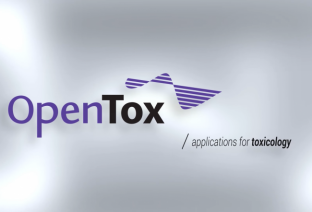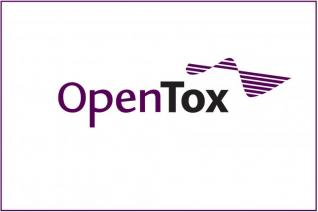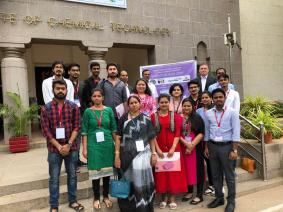Scientific data pyramid
Session 5 of OpenTox Euro, "Integration and interoperability: data”, will be chaired by Clemens Wittwehr of the EU’s Joint Research Centre. The other members of this session include Johanna McEntyre of the European Bioinformatics Institute, Thomas Hill of UC Davis and the US Environmental Protection Agency, Thomas Exner, Chief Scientific Officer of Douglas Connect, and Laura Suter-Dick of the Swiss Centre for Applied Human Toxicology.
Clemens Wittwehr is responsible for the Disseminate project in the JRC’s Chemicals Safety and Alternative Methods Unit. Here, he explains why he’s looking forward to being in Basel, November 21-23.
There is a “missing link” in the effort to replace animal testing with more humane methods, says Clemens Wittwehr, and that is the submission of in vitro data to regulatory authorities in the correct form. “But now, with the OECD Harmonised Template 201, I think we are finally seeing the light at the end of the tunnel,” he says.
During Session 5 of OpenTox Euro, Mr. Wittwehr will explain how to fill this “missing link” between AOP science and regulatory acceptance. Mr. Wittwehr and his team at JRC designed the template and have now reached an agreement with the OECD and ECHA that it should be used in data reporting for in vitro tests. “The discussion right now, among both regulators and scientists, is how best to use the template,” he says.
OpenTox Euro is “the ideal testing ground” for the idea, adds Clemens Wittwehr, a veteran of OpenTox and also active in several of its working groups. “The fascinating thing about OpenTox Euro is that it brings together a bunch of hard-core scientists - and I say this admiringly.”
“Presenting our template to the scientists at OpenTox will be a reality check. The template is geared more to the regulatory world so I’m not yet 100% sure that it accommodates what scientists want to report. I am looking forward to the questions and discussion that follows, to find out how scientists would capture data and what kind in our template. Their feedback will go into the next version.”
“What makes OpenTox such an interesting place is that scientists from different disciplines are all talking to each other, exchanging and harmonizing data. But this data must trickle up to the regulators. Our template will help everyone do that in a better way.”
Clemens thinks of data today as a pyramid. “Scientists make up the largest part of the pyramid, producing enormous amounts of raw data that need treating in a meaningful way.” The pyramid narrows as the data is processed, he says, with less data being produced, but more information extracted. And at the tip of the pyramid we find the final verdict: what do all the data in the lower parts of the pyramid actually mean. “OpenTox Euro represents all three levels of the pyramid,” he adds. “Just take a look at the diversity





